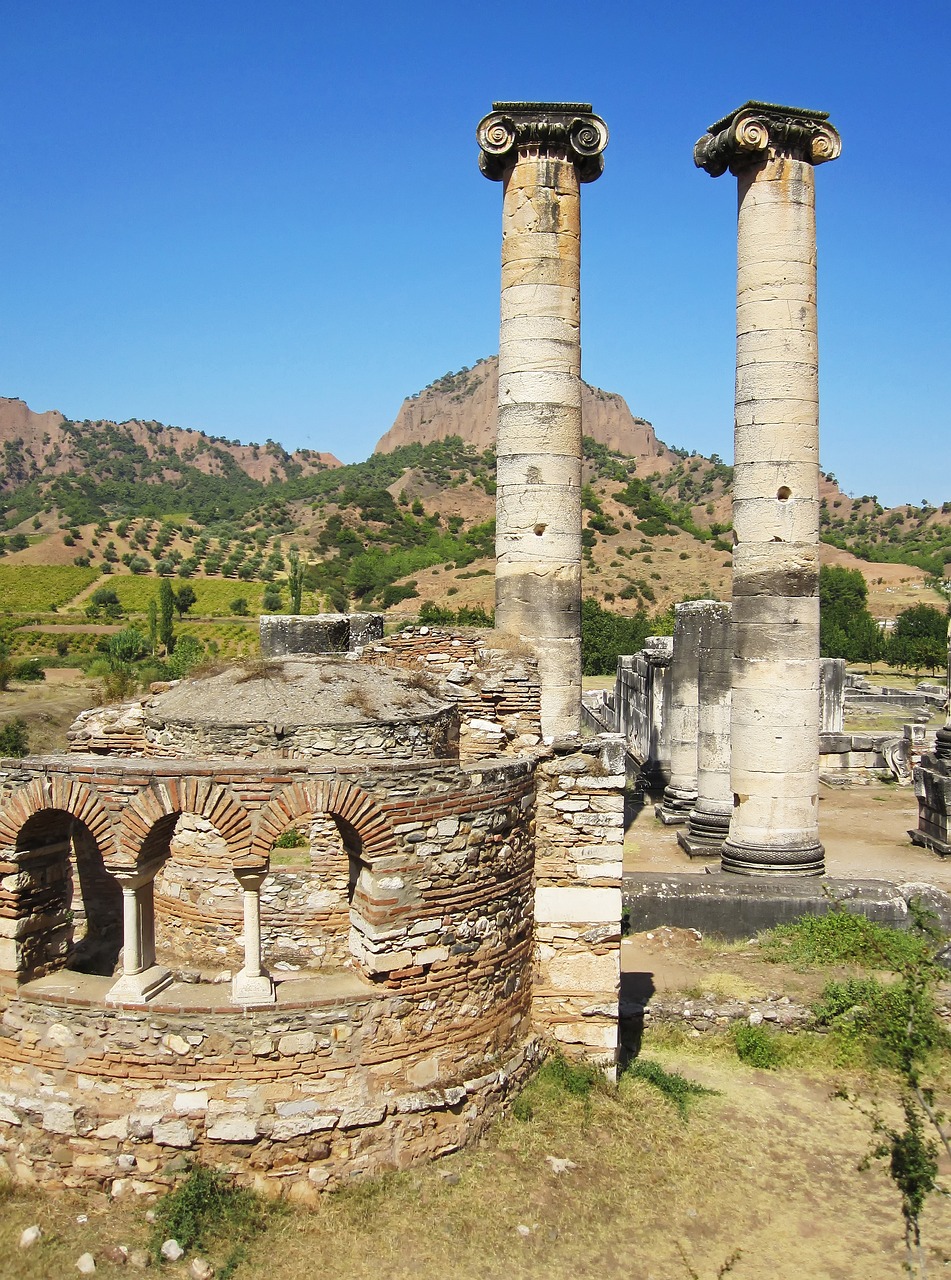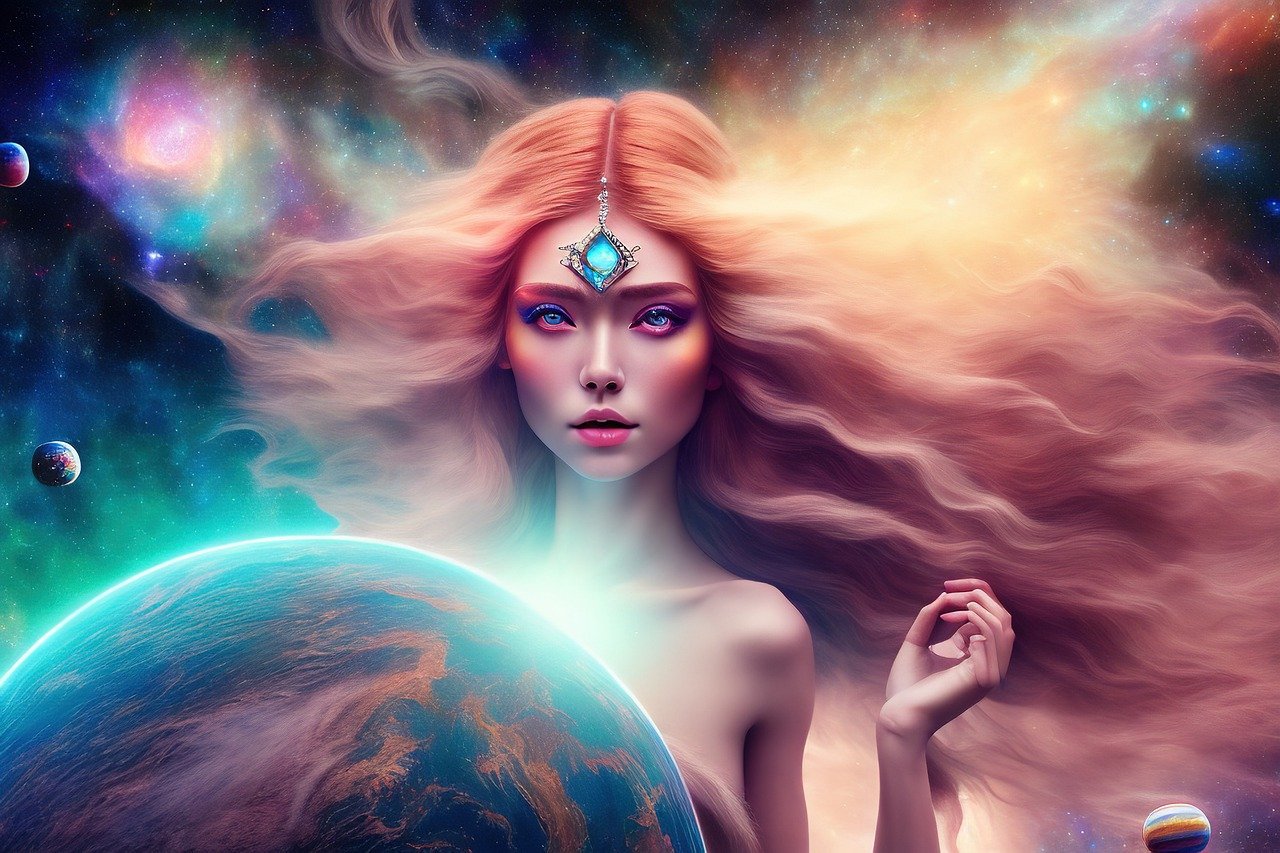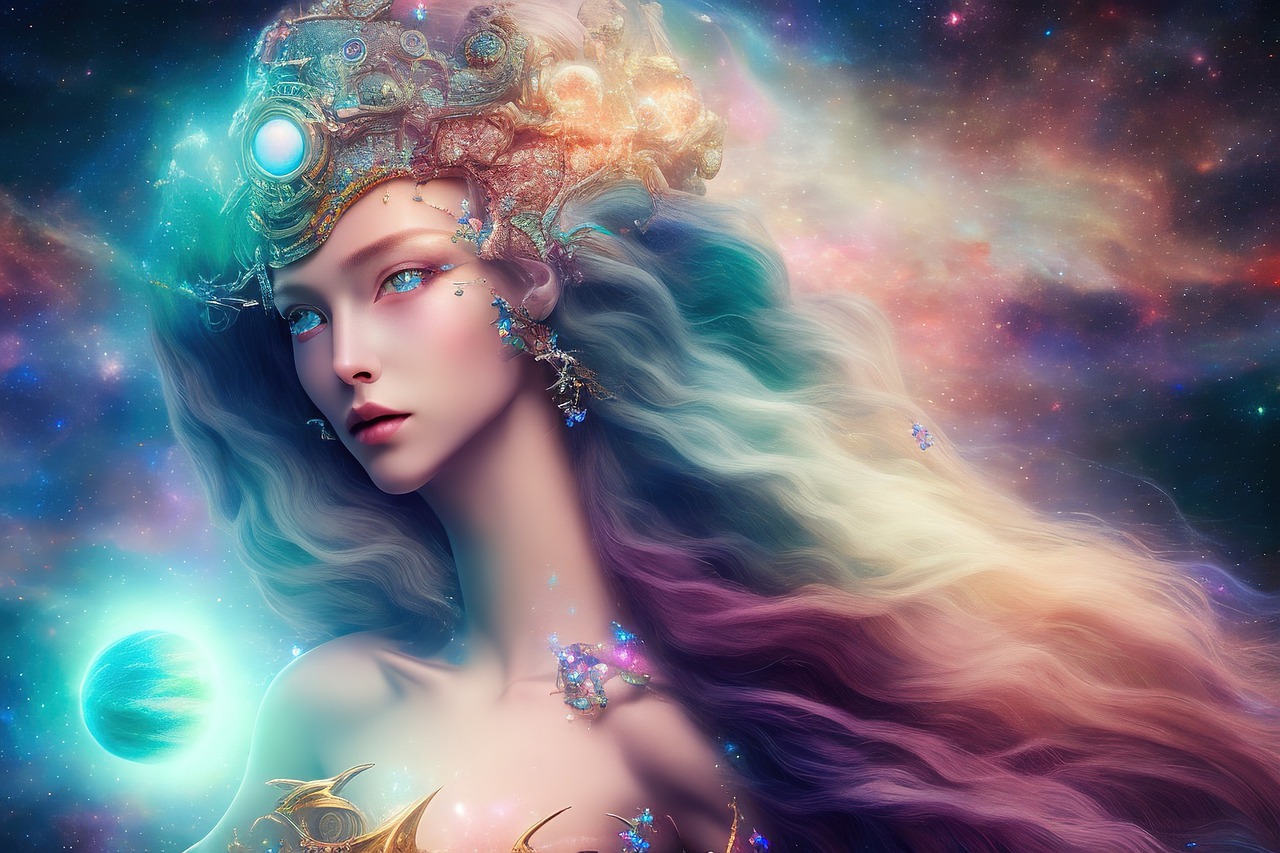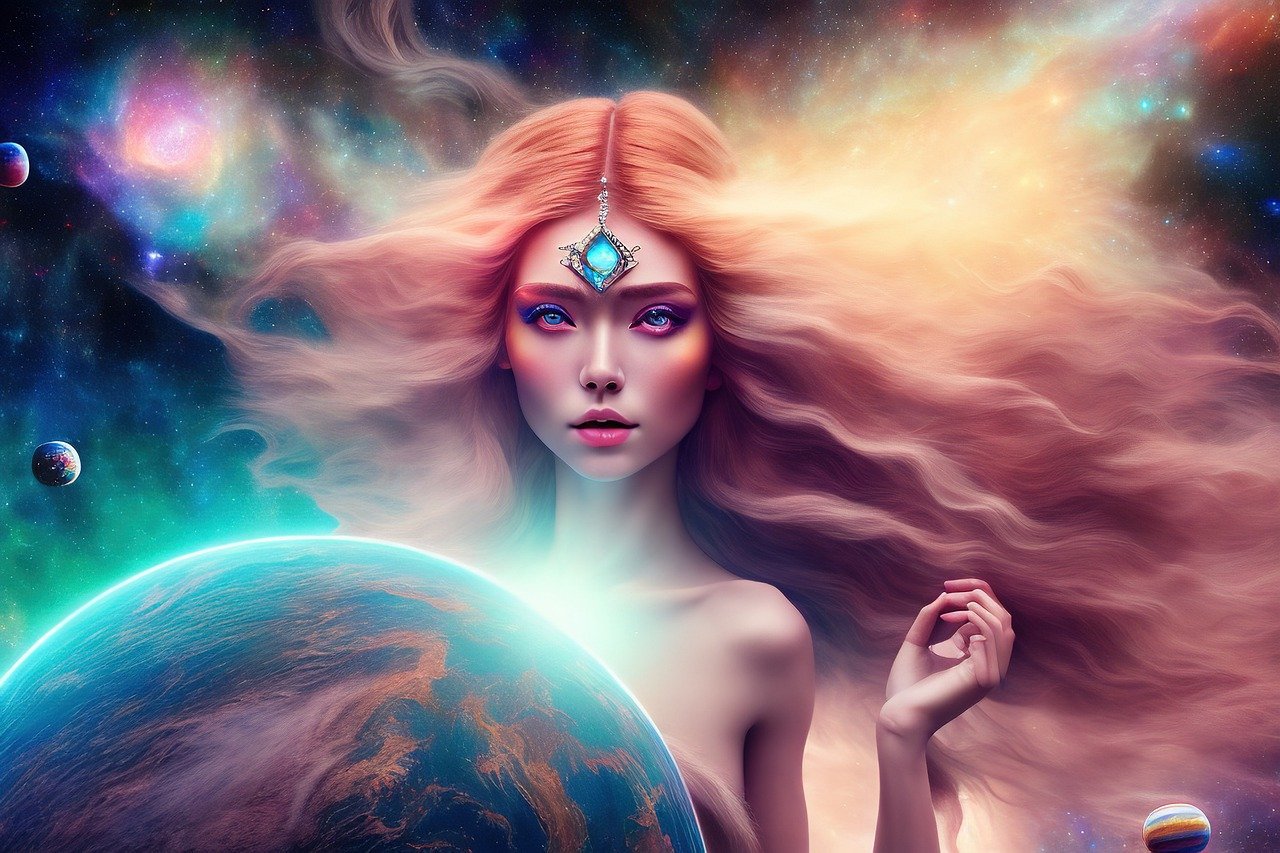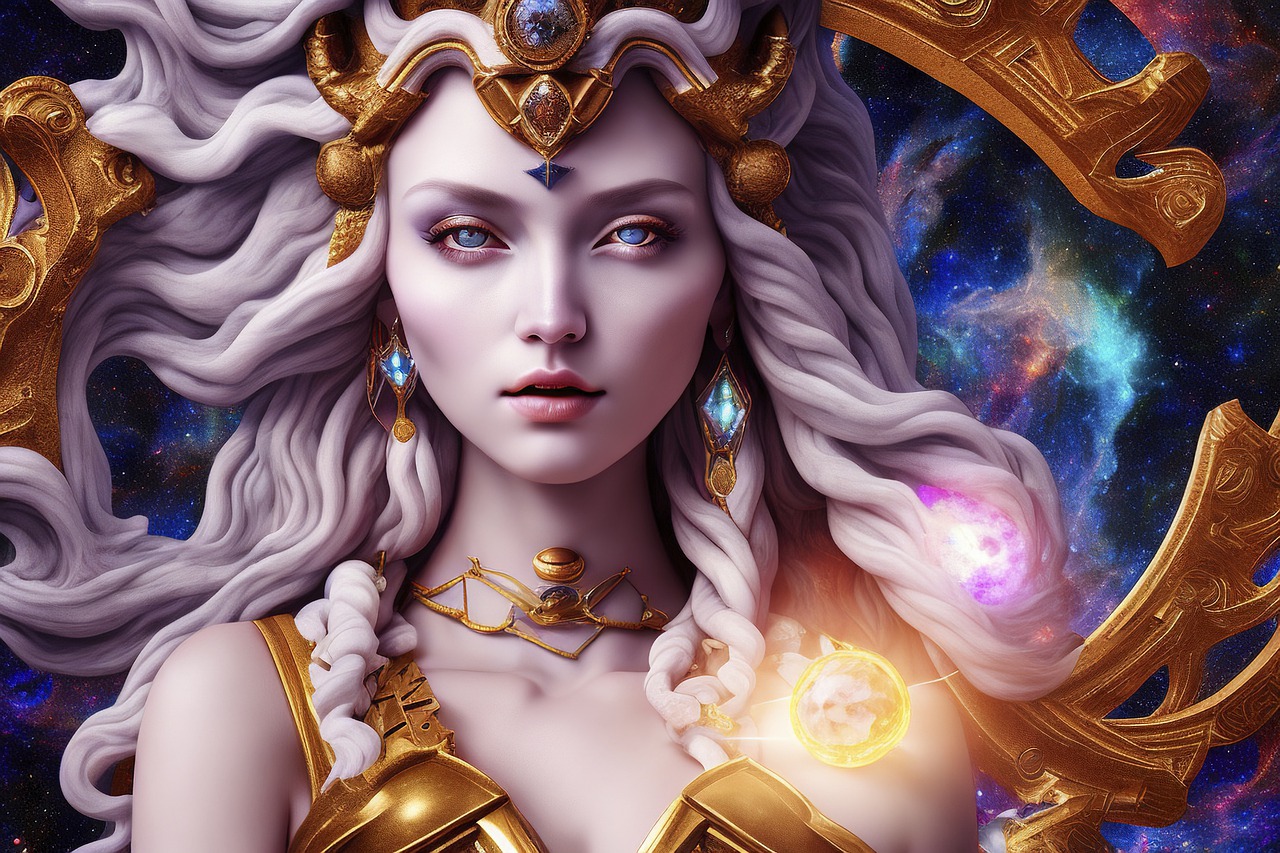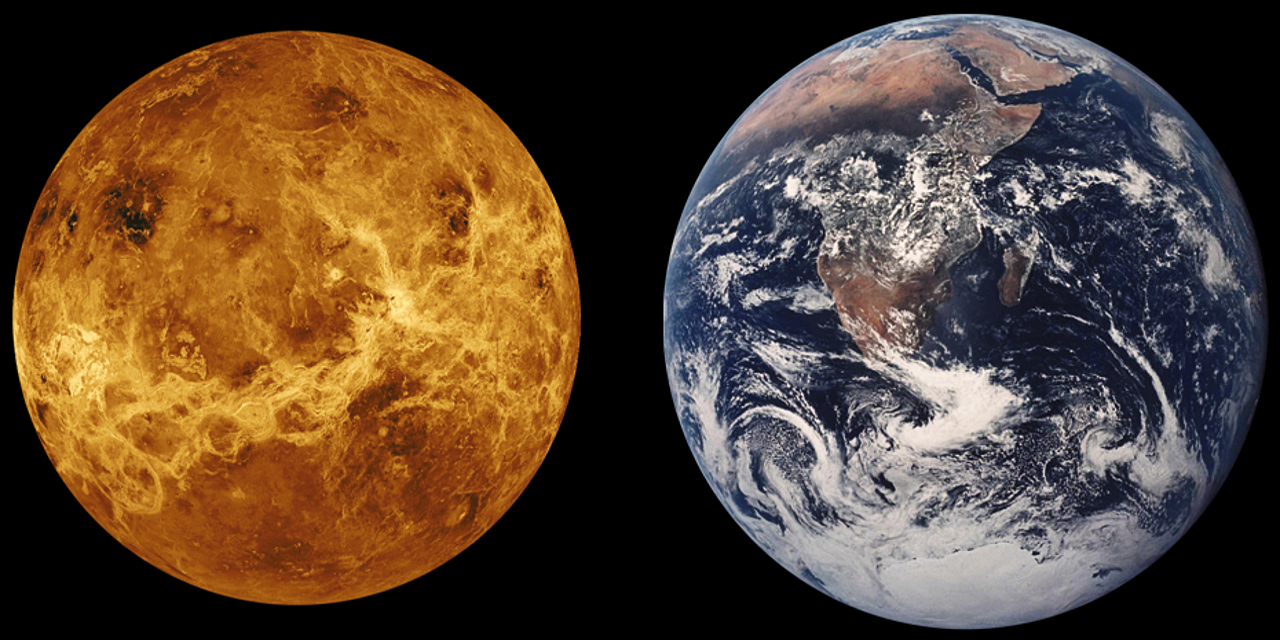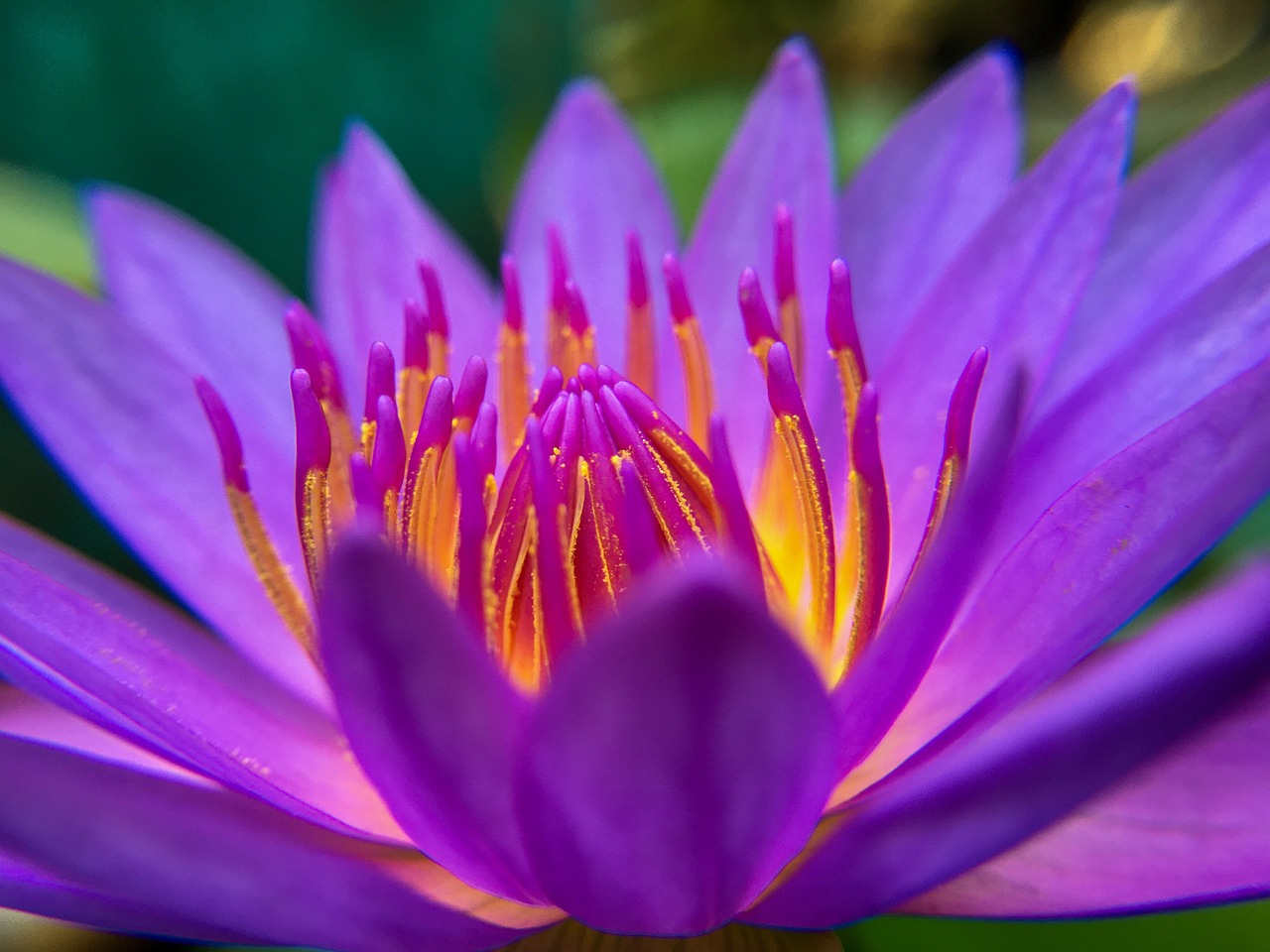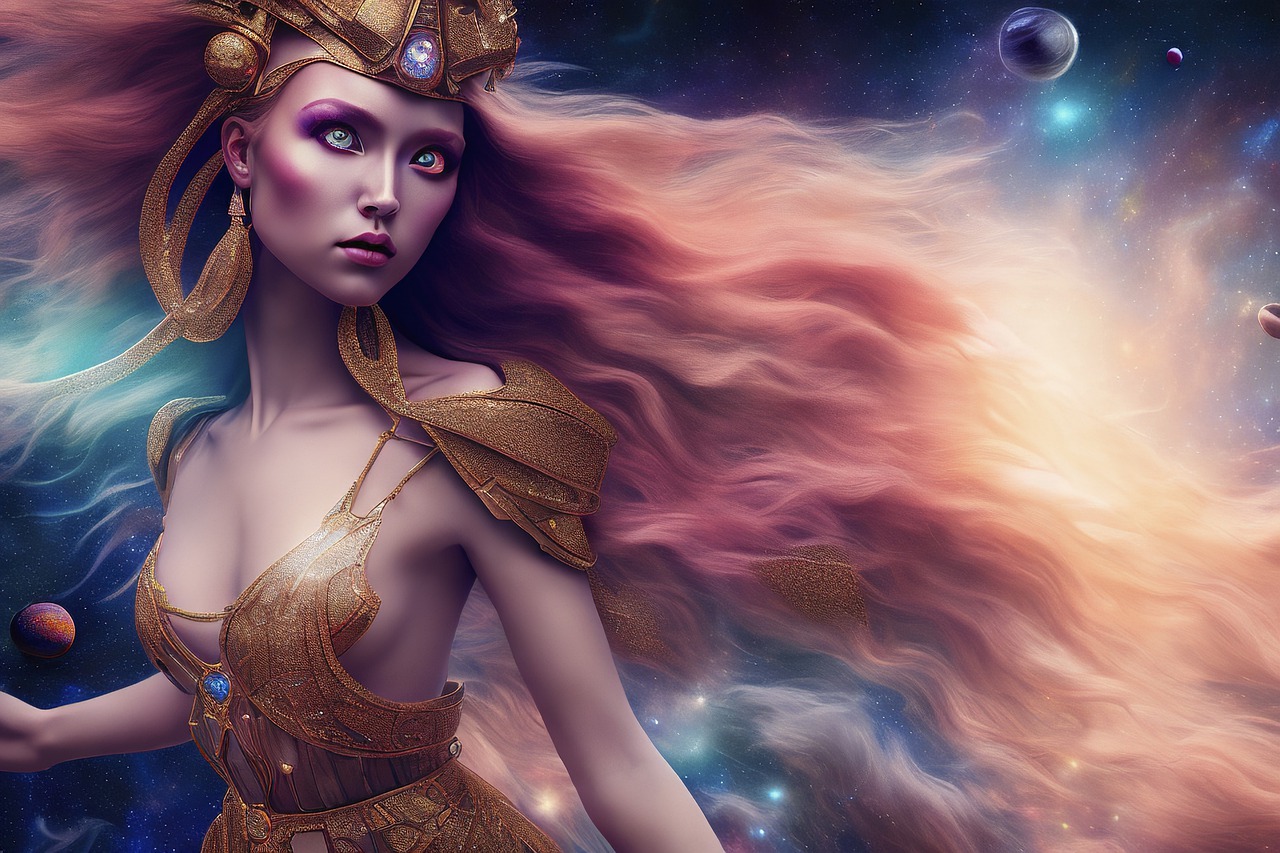Tag: goddess
-
Artemis: The Goddess of Hunting and Childbirth Artemis, revered as the Olympian goddess of the hunt, wilderness, and wild creatures, also held the significant roles of goddess of childbirth and protector of young girls until marriage. Her twin brother, Apollo, mirrored this protective aspect for boys, showcasing a duality in their divine nature. Both deities…
-
Hera, the revered Goddess of marriage, women, childbirth, and family, holds a significant place in divine mythology. As the Queen of the Gods, she supervises marital unions and serves as the protector of married women. Her lineage traces back to the Titans Kronos and Rhea, making her one of the principal deities alongside her siblings…
-
Renenutet, also known as Renenet or Ernutet, was a revered goddess in ancient Egyptian mythology. Emblematic of nature’s fertility, she was affectionately dubbed the “Lady of Fertile Fields” and the “Lady of Granaries.” Renenutet also represented nourishment through her identity as the Cobra Goddess or the “Nourishing Snake,” symbolizing both sustenance and the bounty of…
-
Overview of the Morrígan: Goddess of War and Fate The Morrígan is a captivating figure in Irish mythology, known for her associations with war, death, and fate. She emerges prominently in tales surrounding great battles, where she offers prophecies and protection to both heroes and deities. Often portrayed as a raven circling the battlefield, she…
-
Diana: The Roman Goddess of the Hunt and Nature Overview Diana, revered as the Roman goddess of the hunt, nature’s purity, and the fauna within it, favored solitude over the company of mortals and deities. While she preferred to roam the forests accompanied only by nymphs and woodland creatures, Diana was an unparalleled archer and…
-
Tefnut, also referred to as Tefenet or Tefnet, was a prominent goddess in ancient Egyptian mythology, embodying the duality of moisture and dryness, alongside connections to both the sun and the moon. Revered as one of the “Eyes of Ra,” she symbolized the lunar aspect of moisture and the solar aspect of dryness, mirroring the…
-
Measuring under eight inches tall, this bronze figure of Venus is smaller than a standard Barbie doll. Unlike the widely recognized fashion doll, the proportions and relaxed pose of Venus convey a realistic feminine form. Adorned solely with a diadem or crown on her head, she stands in a complete nude state, distributing her weight…
-
Overview of Juno in Roman Mythology Juno, known as Iuno in Latin, was revered as the queen of the Roman pantheon and stood as the consort of Jupiter, the foremost deity. She played a vital role as the champion and protector of women, focusing on their domestic responsibilities in marriage and motherhood. The portrayal and…
-
Overview Hathor, a significant figure in Ancient Egyptian mythology, is often depicted with a cow’s head and is one of the most ancient goddesses, with her roots traced back around 5000 years. While primarily revered as the goddess of love, motherhood, music, and joy, she had a multifaceted nature, showcasing both nurturing and vengeful qualities.…
-
The Irish Morrigan: Deity of Life, Death, and Transformation The Morrigan, an ancient and multifaceted Irish goddess, finds her roots traced back to prehistorical times, illuminating her role as a vital figure in the pantheon of deities known as the Great Goddess across Europe. Historical artifacts suggest that she served as a bridge between the…

